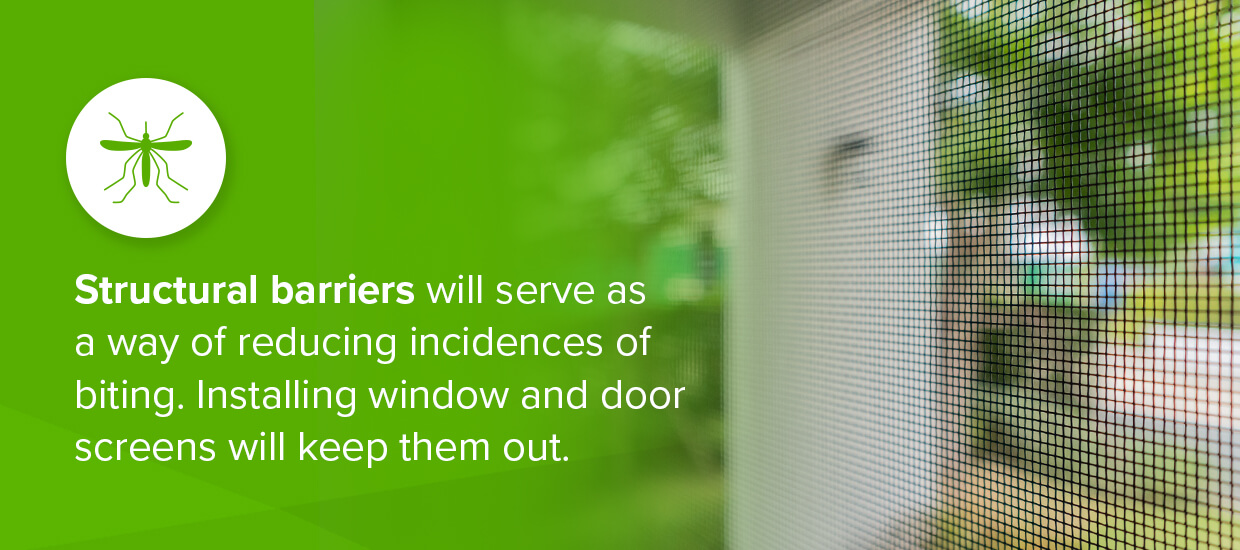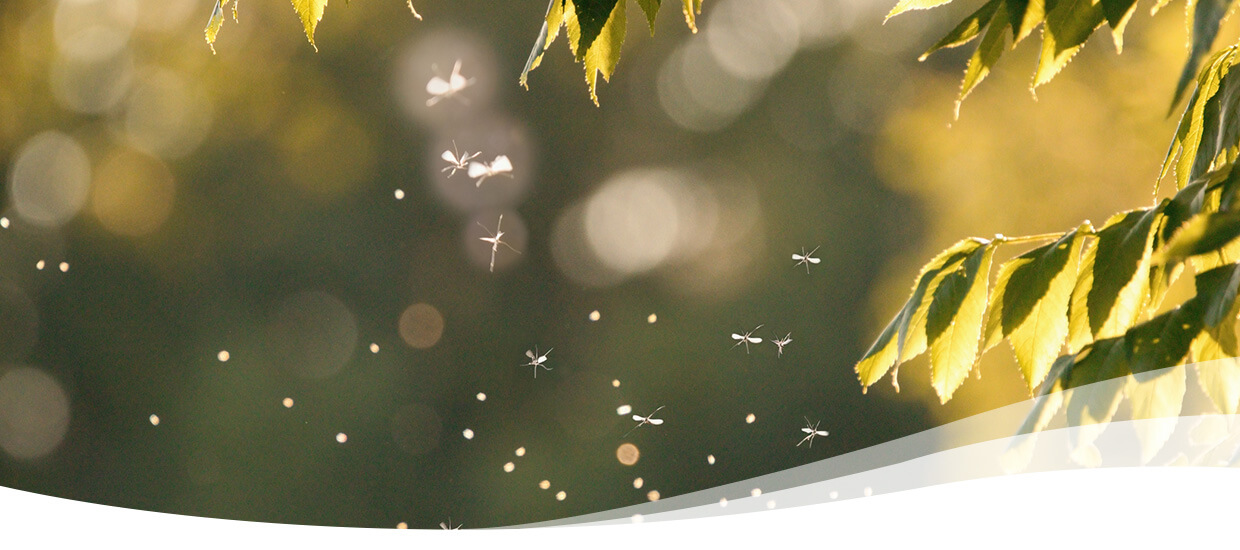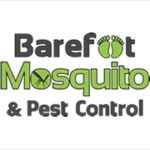Environmental destruction like deforestation, urbanization and climate change result in the outbreak of mosquito-borne diseases. Incidents of these outbreaks have been dramatically more frequent over the past decade. The Zika virus, dengue and chikungunya are all transmitted by mosquitos, and studies show a definite link between these outbreaks and mosquito control. This article explores how climate change affects mosquitos.
Climate Change and Mosquito-Borne Diseases
Climate change affects mosquito populations more than you might expect. Mosquitos typically thrive in tropical climates, and the effects of climate change are helping mosquitos repopulate faster. As their populations increase more rapidly, so do the chances of humans being infected by the viruses they carry. Due to climate change, regions worldwide are becoming warmer and more humid than usual. This gives mosquitos more places where they can flourish and thrive.
Globalization is another contributing factor to the spread of mosquito-borne diseases. As people move around the world more regularly, these diseases are transferred to more countries. This means countries these diseases normally would not threaten are becoming more vulnerable. Climate change makes these countries better breeding grounds for mosquitos carrying the disease when they bite people who are infected.
South American countries are experiencing more cases than ever because of the increase in mosquito populations. However, close to 130 countries are at risk of dengue.
Mosquito Habitats and Climate Change
Mosquitos are highly adaptable creatures capable of living in the most desolate conditions. All they need is stagnant water and they can breed at incredible speeds. There are several different species of mosquitos, some of which can handle certain conditions better than others. Mosquitos can hibernate, and some can lay their eggs in ice, which hatch when the temperature warms up. They are so resilient that Antarctica is the only place they cannot be found.
Male mosquitos only eat nectar and other plant food sources. Females absorb certain nutrients from the blood needed to develop and lay eggs. They will build their nests near reliable food supplies, so they will always be around humans, livestock, birds and wild animals. Nests are commonly found in or near trees, bushes and other vegetation. Tree holes filled with rainwater are especially well suited for mosquito nests.
Any stagnant water is suitable for mosquitos to populate. They will nest there whether the water is standing in a natural or artificial environment. They lay eggs in the water, and the larvae reside there until they are mature enough to leave.
Mosquito metamorphosis can take place in just four days. Leaving a bucket of water in your backyard for a week is enough to facilitate many new mosquitos. Pools must be chlorinated and cleaned frequently to ensure mosquitos will not breed. Even fountains are fair game for a mosquito nest.
Climate change is increasing the humidity in various places throughout the world. Temperature and humidity affect the rate at which water evaporates. Humid areas have stagnant water puddles for more time before they evaporate. This greatly increases the breeding opportunities for mosquitos in these areas.
Adaptation of Mosquitos to Climate Change
Mosquitos are well-known for their resilience and ability to adapt to new habitats. This is because their life spans are so short and they quickly move through generations. The more generations that pass, the more likely offspring will adapt to an environment. Mosquitos possessing the right traits will survive and reproduce. Those that reproduce pass on their strong genes and traits. Species that can reproduce at these rates are known for adapting quickly to new environments.
Climate change plays a role in the ability of mosquitos to adapt to new environments. Rain patterns are affected by climate change. These changes in rain patterns present more suitable breeding and nesting areas where mosquitos can reproduce. As climate change creates more suitable habitats for mosquitos, their geographic range increases. They can now flourish in places they never could have before.
Their genetic diversity and ability to live in harsh conditions means mosquitos can easily adjust to most new habitats. This makes them incredibly dangerous. The easier it is to thrive, the more chances they have to spread the deadly viruses and diseases they carry.
Mosquito Control Strategies
Controlling mosquito populations is the key to reducing the spread of mosquito-borne diseases. Effective strategies must be employed to keep them under control, but eradication is not a viable option for several reasons. These are the most realistic and reliable mosquito control strategies:
- Structural barriers: Mosquito bites frequently occur indoors. Structural barriers will serve as a way of reducing incidences of biting. Installing window and door screens will keep them out. Covering gaps in doors, windows and walls prevents them from entering. Hanging bug nets in strategic areas is a highly recommended way of keeping mosquitos away.

- Eliminate mosquito habitats: Getting rid of places for mosquitos to breed is a smart control strategy. Ensure no stagnant water is left standing for long, and minimize the opportunities for stagnant water to sit. Fountains, bird baths, rain barrels, empty pot plants and buckets are common places for them to breed. Use bleach and oils on puddles of water to make them unsuitable for breeding and nests.
- Control adult mosquitos: EPA-registered pesticides are one of the most effective ways to combat a potential outbreak of mosquito-borne diseases. These insecticides, known as adulticides, are applied via the air. Aircraft or truck-mounted sprayers disperse this solution in high-risk areas. Governments employ this to protect people from outbreaks.
- Control at the larval stage: Mosquito populations are the most concentrated in their larval stage. This makes them vulnerable to control methods. At this stage, they are also immobile. By targeting them as larvae, an entire generation can be wiped out, thus controlling the population before it becomes a major threat.
- Household control: You can try several different methods of home mosquito control. Spray mosquito repellent regularly, especially when going outside. Wear loose clothing to make it harder for mosquitos to get a grip on you. Unfortunately, they can still pierce through denim, corduroy and other thick materials. Smoke keeps mosquitos at bay, as does the smell of certain herbs, like lavender and peppermint. Mosquitos are not good flyers. Deter them by creating a breeze with fans or standing in the wind.
Control the Mosquito Population in Your Home
Barefoot Mosquito & Pest Control has the most effective mosquito control services in all of Texas. Schedule a service with us to keep the itchy bites and buzzing away without fail. Call us today at 512-400-2008 (Austin), 210-981-3331 (San Antonio) or 713-554-9430 (Houston) or request a quote online!



